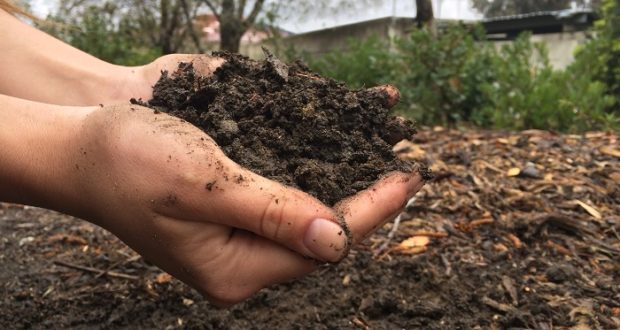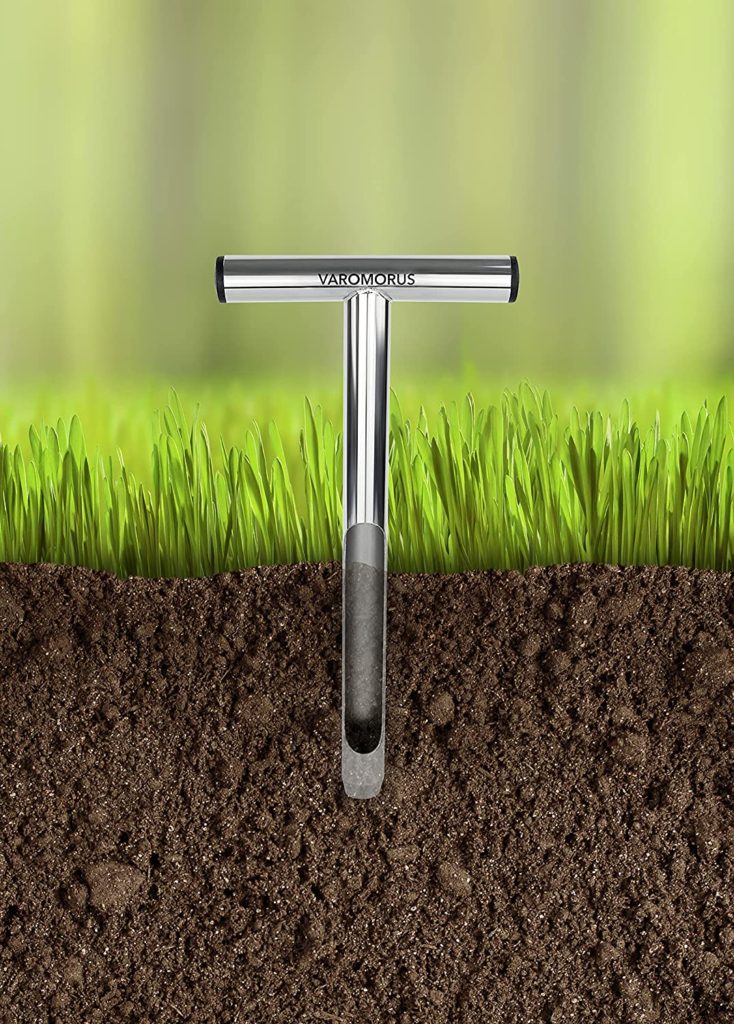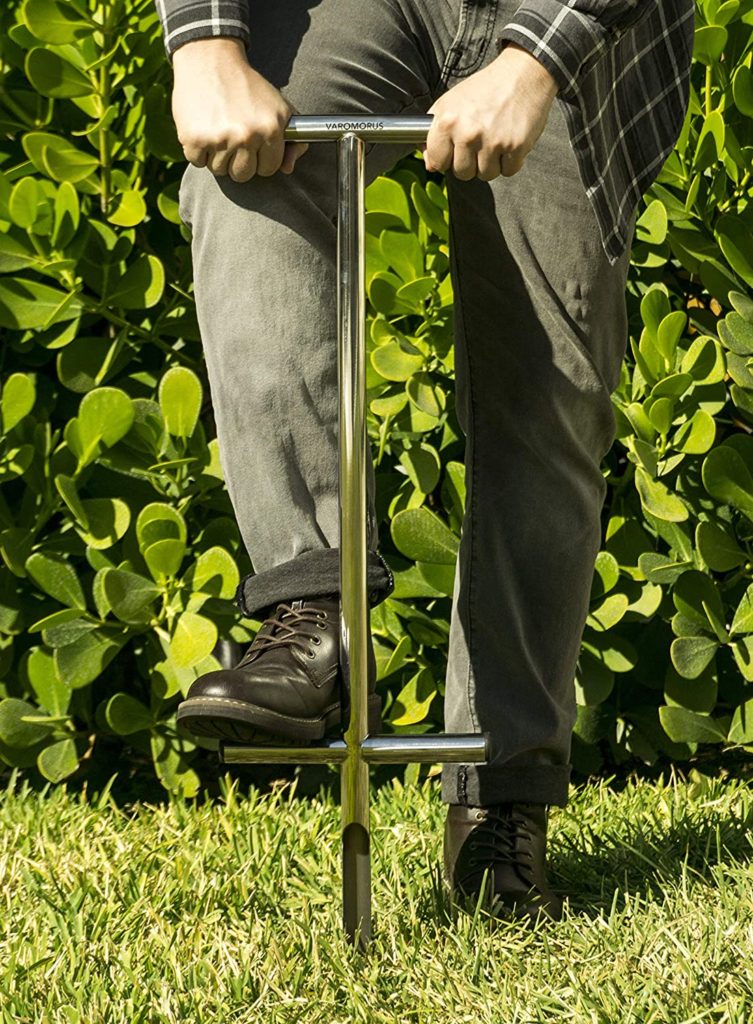Fertilizing Mirlitons

There has never been a scientific study for home gardeners on how to best fertilize mirlitons, so we get to invent the science ourselves. Any balanced fertilizer like 8-8-8 or Miracle-Gro is a good choice. A couple of tablespoons at planting and again in July is sufficient, as long as the vine is vigorously growing and green.
But there are two important fertilizing principles I have learned from experienced growers:
(1) Use a slow-release fertilizer such as manure. A mirliton’s nitrogen needs vary throughout the growing season. You don’t want to jolt their tender young roots when you first plant them. They like a buffet where they can eat light but return for more help when they need it. Manure provides that. Ideally, work into your soil or planting pit before you plant, but you can side-dress throughout the season. Rabbit manure is the best choice, but any manure will do the job.
(2) If you are using fast-release fertilizers, stop fertilizing in July before the flowering season. A dose of fertilizer can delay and disrupt flowering.
I asked our home gardener mirliton scientists last year to tell us how they fertilized mirlitons. What were the signs it was helping or hurting? Did the experiment with different techniques? I got these thoughtful responses. Click here to read them.


Recent Comments